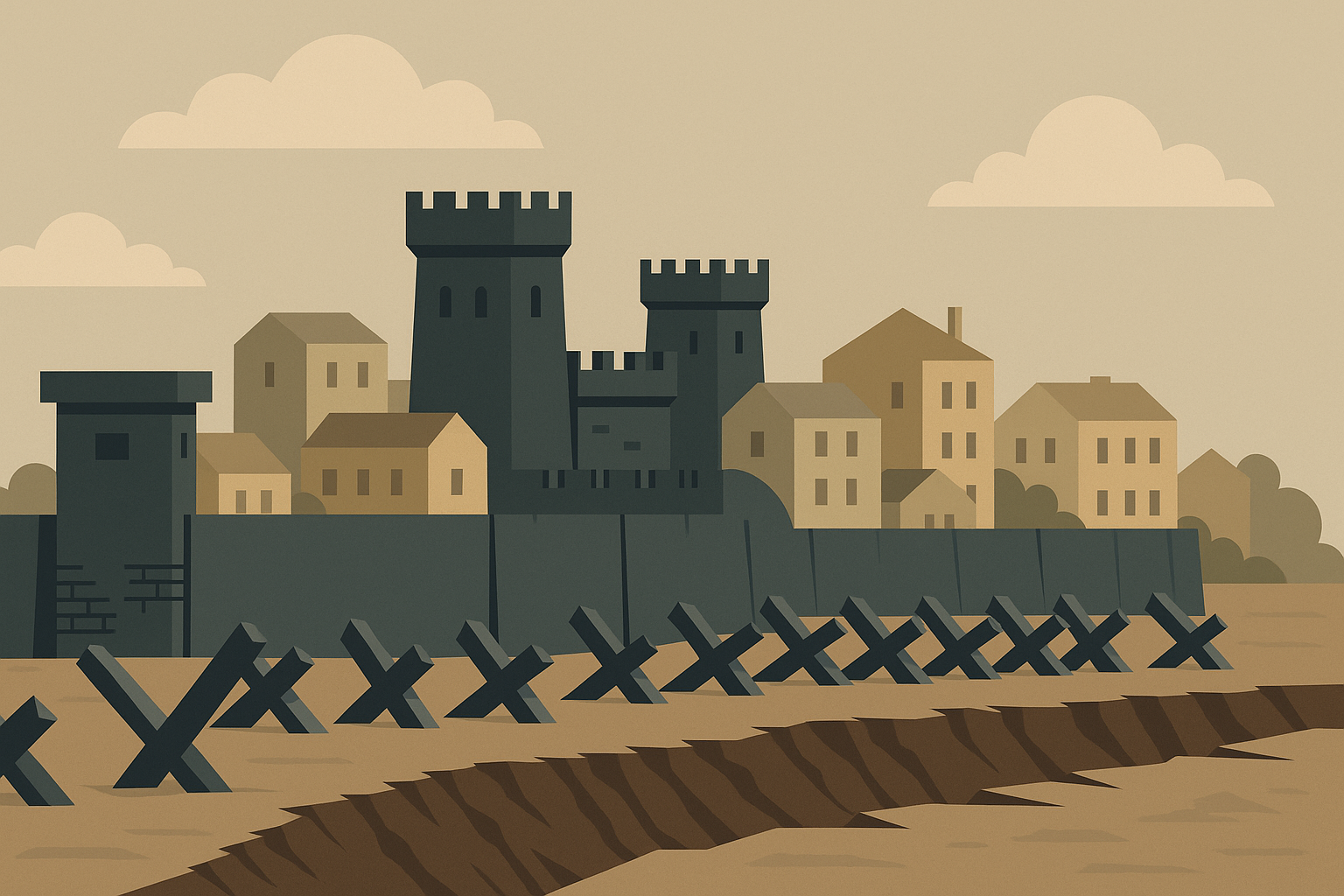Russian forces are intensifying their offensive in eastern Ukraine, targeting a line of fortified cities and towns that represent Kyiv’s last major strongholds in the Donbas region. These defensive urban centers — particularly Kramatorsk, Slovyansk, and Kostyantynivka — have become the focus of Moscow’s campaign as President Vladimir Putin presses for control over the entirety of Donetsk and Luhansk.
Russian Gains and Ukrainian Resistance
In recent weeks, Ukrainian units, including the 93rd mechanised brigade, have been forced to redeploy urgently after Russian troops advanced nearly 10km near Pokrovsk — one of their most significant gains this year. Ukrainian soldiers, backed by other brigades, managed to halt the offensive and reclaim several settlements, preventing what could have been a devastating encirclement of Pokrovsk and a bypass of key defenses around Kramatorsk.
Russian troops have also made progress further north, entering forests near Slovyansk, pushing closer to Kostyantynivka, and attempting to re-establish positions around Kupyansk in the Kharkiv region. Ukrainian military officials admitted that Russian units are now probing even into the Dnipropetrovsk region, an area not previously under Moscow’s control.
The Strategic “Fortress Belt”
Ukraine’s military emphasizes that the battle is not just about symbolism but geography. A 45km stretch of fortified settlements in northern Donetsk forms a critical defensive line. Kostyantynivka, with a prewar population of 65,000, anchors the southern tip of this “fortress belt.” Russian forces have advanced within 10km of its outskirts, leaving roads to Kramatorsk under constant threat from drones and glide bombs.
The industrial hubs of Kramatorsk and Slovyansk, three times the size of Bakhmut, are particularly vital. Their factories and vast urban landscapes provide natural strongholds, while the surrounding rivers and hills add layers of defense. Engineers have dug extensive anti-tank trenches across surrounding farmland, though this has disrupted local agriculture.
Rising Dangers for Civilians and Humanitarian Workers
Life in these cities has become increasingly perilous. Humanitarian workers evacuating civilians report drone strikes and bombardments hitting not only the frontlines but also evacuation routes. Local residents describe daily risks, with civilian areas repeatedly struck. In Kramatorsk, glide bomb attacks recently damaged dozens of homes, while a missile strike killed seven people near Peace Avenue.
Despite the risks, many civilians refuse to abandon their homes. Tetiana Luhova, a humanitarian worker originally from Donetsk, was injured in a recent strike but remains in Kramatorsk. “What does it mean to cede the Donetsk region?” she asked. “I’ve already fled Donetsk. I haven’t been able to go back home in 11 years.”
Outlook
Russia’s difficulty in seizing heavily fortified urban areas, as seen in the prolonged battles for Bakhmut and Chasiv Yar, underscores the scale of the challenge ahead. Yet with Russian units now just 18km from Kramatorsk, strikes are becoming more frequent and deadly. For Kyiv, holding these fortress cities is crucial not only for territorial integrity but also for preventing Russian breakthroughs into more vulnerable open terrain further west.








